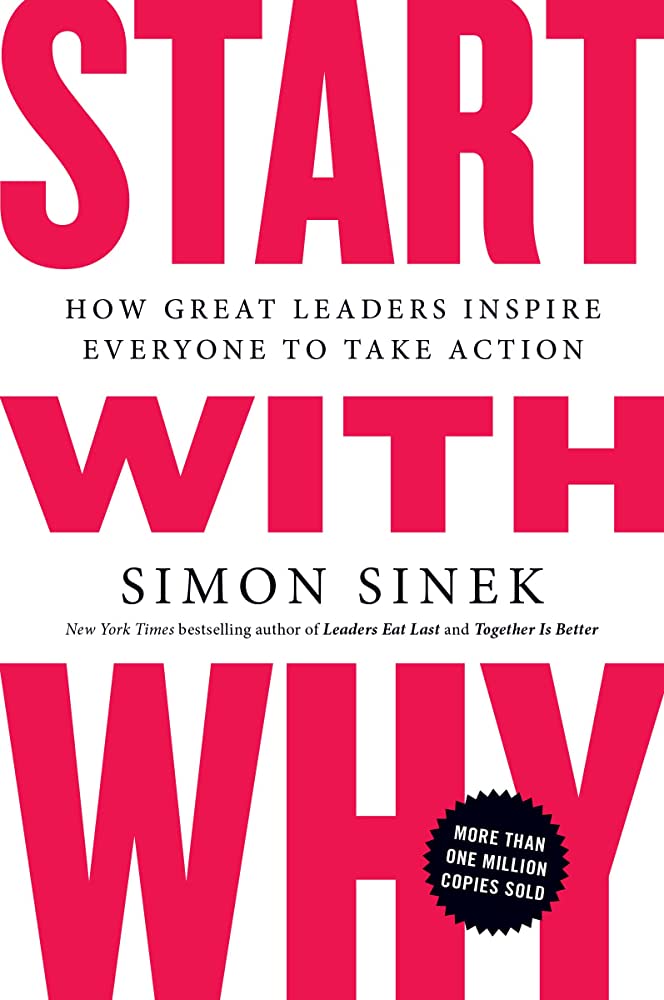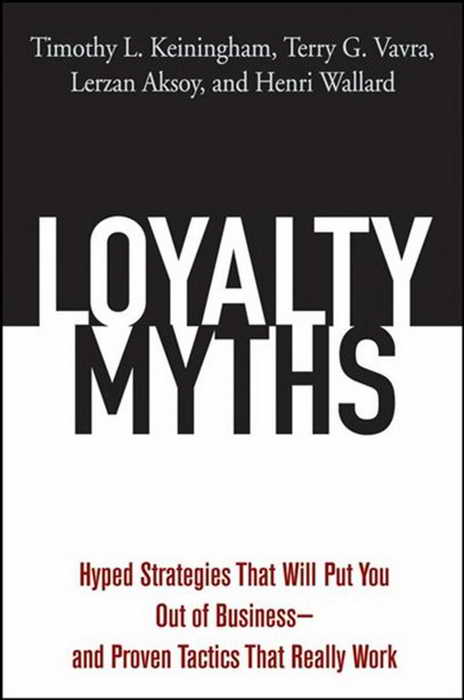Total Engagement: Using Games and Virtual Worlds to Change the Way People Work and Businesses Compete
RATING


In Total Engagement the authors argue that games will change how all of us work – for anyone convinced that engagement is a key ingredient of the future of work, they believe games are the definitive model. If one hundred million Americans played a computer or video game last week and many spend up to 25 hours per week in this realm, then why not make work more fun using the same principles?
The authors begin with an overview of who plays games, how much, and why. They then make the case for games at work, noting that the number of workers in relation to dependents is going down in developed countries, necessitating large gains in productivity to offset standard of living decreases. They note that a key question in their thesis is whether the activities going on in games have anything to do with the real world of work, so recruited a group of Stanford students based on gaming resumes to help find taxonomies of information work that could serve as a template for mapping games to work, providing a list of 40 work categories along with game descriptions that could be linked with each category. They also provide a framework in the form of 10 game features to guide real work: self-representation with avatars; three-dimensional environments; narrative context; feedback; reputations, ranks, and levels; marketplaces and economies; competition under rules that are explicit and enforced; teams; parallel communication systems that can be easily reconfigured; and time pressure. The book ends with what the authors call “tactics for change,” outlining some first steps to take to “move forward in an enterprise revolution that will result in more stimulating, aligned, and productive work.
The authors, a Stanford University professor on media and games along with a physician, inventor and biotech entrepreneur, seek to present a more scholarly argument for applying games to the work environment. They provide a long list of 40 work functions where games can be applicable, along with examples of games for each. For someone new to the field, as opposed to game “experts,” this book provides a lively read for arguing how games can be applied to work environments.
Aside from some suggested tactics in the last chapter, this book seems to come short in making the argument of how games will boost productivity and real examples therein. The authors start with examples of 28 year-olds who play games 25 hours per week and argue that if games were used in the workplace they would be more engaged. However, one cannot help but wonder about the inherent productivity of a person who plays computer games for 25 hours per week and whether games in the workplace are the solution to attracting productive staff. Their suggested tactics in the last chapter include building a conceptual map linking games to work, (2) study what others are doing with games at work, and (3) experiment with bite-sized use cases that address real pain points. Thus, implementation and its effects are left up to experimentation. They also note one analyst predicting that by 2011 80% of information workers will have an avatar at home or work, which would seem to overestimate the advance of this movement. For a more detailed and recent book on game theory and applications/tactics, we recommend Game On (see Senteo review).
Every week, millions of people including many of your employees spend hours playing multi-player online games with a level of engagement they don t bring to work. These aren’t just adolescent video games – we’re talking rich narrative quests with 3-D environments, cool avatars, and compelling goals and rewards. Imagine the value if you could transfer key ingredients of game design and the gamer excitement and focus that come with it to the office. What if your employees could solve customer problems, design new software, or configure better shipping routes working inside a game environment at work?
This isn’t just possible, say Byron Reeves and J. Leighton Read; it’s inevitable. As global competition intensifies and employee productivity and engagement become more critical, the user experience provided by game technology offers a tantalizing solution for business. This is far more than a quaint metaphor for business and its way beyond training tools. Implemented in the workplace, elements of games can solve a host of business problems with morale, communication, and alignment all while honing skills like data analysis, teamwork, recruitment, leadership, and more.
Based on extensive hands-on research, case studies, and the authors’ entrepreneurial ventures, Total Engagement convincingly outlines how games will transform work, from repetitive call-center jobs to high-level teams who must collaborate with members dispersed around the globe
Authoritative and provocative, Total Engagement shows you how to become a player to reckon with as the gaming revolution transforms the workplace.
The book is aimed at anyone interested in the evolution and design of work, and how game psychology and technology can be applied to business. It is more intended for an introduction to the subject, rather than a detailed or technical representation. It could be relevant for those engaged in recruitment, hiring, training, retention, leadership, teams, evaluation, collaboration and innovation.

The book is mainly research and theory-oriented.
See content on this topic

Understand the value of a customer-oriented analytics package and how behavioral scenarios can be used to improve profitability through influencing behavior and usage.
To understand the principles of game dynamics and learn how to effectively use the elements of gamification in business: to involve customers, employees and contractors in the process.
Understanding branding and communications from the standpoint of emotional engagement and building relevant and meaningful dialogue with customers.
This course covers a complete view of customer touch points (both physical and virtual) and a unique model for standardizing and managing customer contact models across channels including approaches for customer feedback, quality management, and migration.
Experiential Branding & Communications – Improving Brand Integration Through Emotional Engagement.
This course covers a complete view of customer touch points (both physical and virtual) and a unique model for standardizing and managing customer contact models across channels.
Understanding how leaders must evolve with relation to the evolution of business models, new management models, and the significant changes to the workforce with Digital Natives now making up more than 50% of the workforce globally.
Understand how to manage both internal and external digital transformation while considering the landscape for digital business models and the effect on traditional business models. Understanding organizational readiness for transformation and the role of corporate culture in managing transformations.
The changes in consumer behavior, employee behavior, and the evolution of business models in the digital age cause significant difficulties and imperatives for leaders who must develop new skills and evolve their leadership styles to be effective in this fast changing, challenging, and competitive environment.
Understanding how to design & manage change/transformation programs in organizations of different sizes. This course will help any size team or organization to better deal with change & transformation on any scale.




 Copy Link
Copy Link
 E-mail
E-mail
 LinkedIn
LinkedIn
 Facebook
Facebook
 Telegram
Telegram
 WhatsApp
WhatsApp

















 Go Back
Go Back
Leave a Reply
You must be logged in to post a comment.